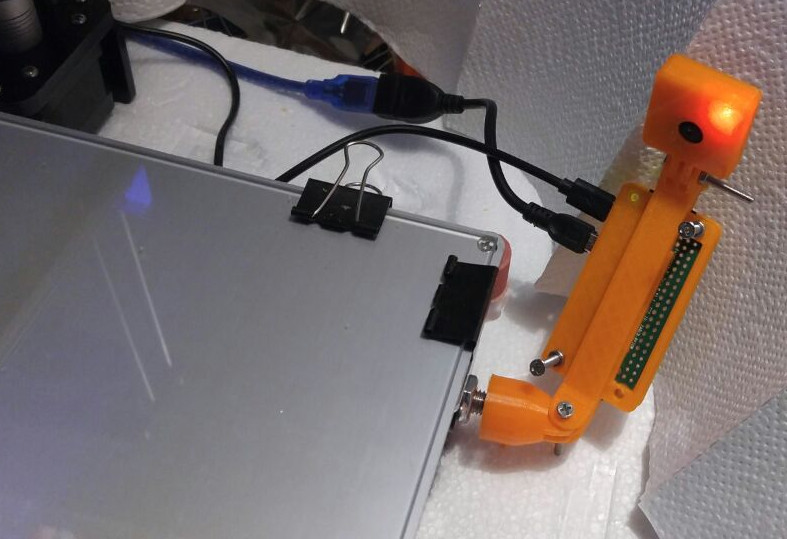

One of the reasons the Raspberry Pi Zero is so much more compact than other Raspberry Pi boards is because it lacks normal-sized USB ports. The process is well documented on the Raspberry Pi website so I will not re-invent the wheel here.Īs described on the Octoprint download page, you will need to update the octopi-network.txt file with the information necessary to connect to your WiFi network. This is a routine task if you have ever done a project with the Raspberry Pi in the past. With the Octoprint image in hand, we need to write the image onto the SD card. The first thing to do is head to the Octoprint website and download the image.Ģ. We will basically be following the same process for installing Octoprint on the Zero that we use to install the software on the other Raspberry Pi boards.

However, as it turns out, installing Octoprint on the Raspberry Pi, once you have the correct hardware as above, is really easy. When all my parts arrived in the mail and I started preparing to install Octoprint on the Raspberry Pi, I expected to face a few challenges. Install Octoprint on the Raspberry Pi Zero You will need the parts below to use Octoprint with the Raspberry Pi Zero. We just need a few extra parts with the Zero.

Getting Octoprint running on the Raspberry Pi Zero is basically the same process as getting it running on the Raspberry Pi 2 or 3. Setting Up Octoprint on the Raspberry Pi Zero As it turns out though, running Octoprint on the Zero is trivially easy, provided you have the right hardware. However, when I started researching how to run Octoprint on the Raspberry Pi Zero, I found that the Internet had little to say on the subject. Just follow the directions provided on the Octoprint website and you will have your printer running off Octoprint in minutes. Setting up Octoprint on a Raspberry Pi 2 is simple. I have been running Octoprint on a Raspberry Pi 2 for quite a while because I like to put my printers in a separate room so the noise (and sometimes smell) they produce does not annoy me while I am working in my office. Using Octoprint running on a Raspberry Pi 2 or 3 is a setup many Makers have to enable remote use and monitoring of their 3D printer.


 0 kommentar(er)
0 kommentar(er)
